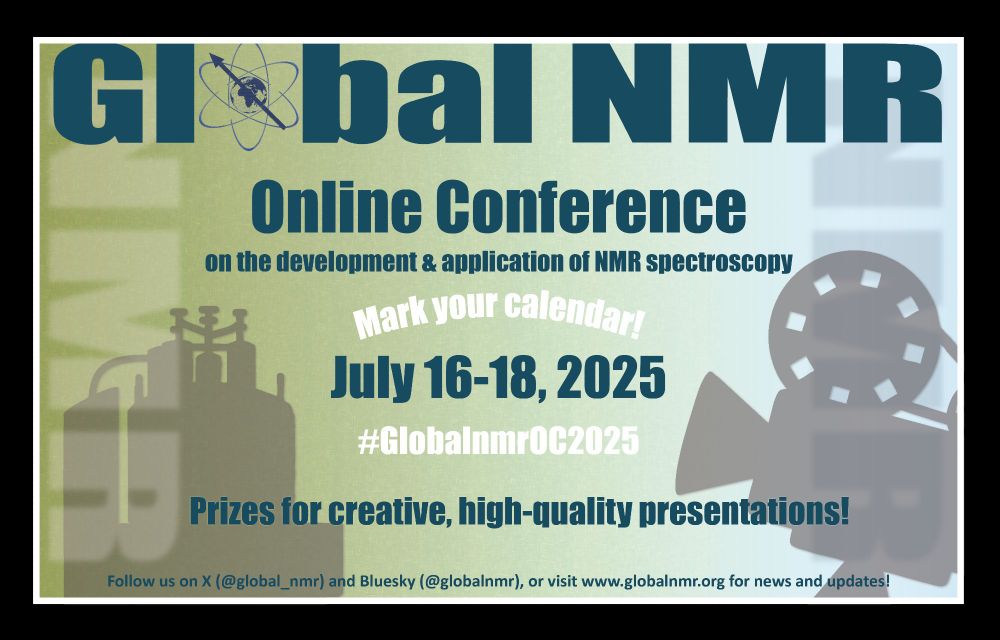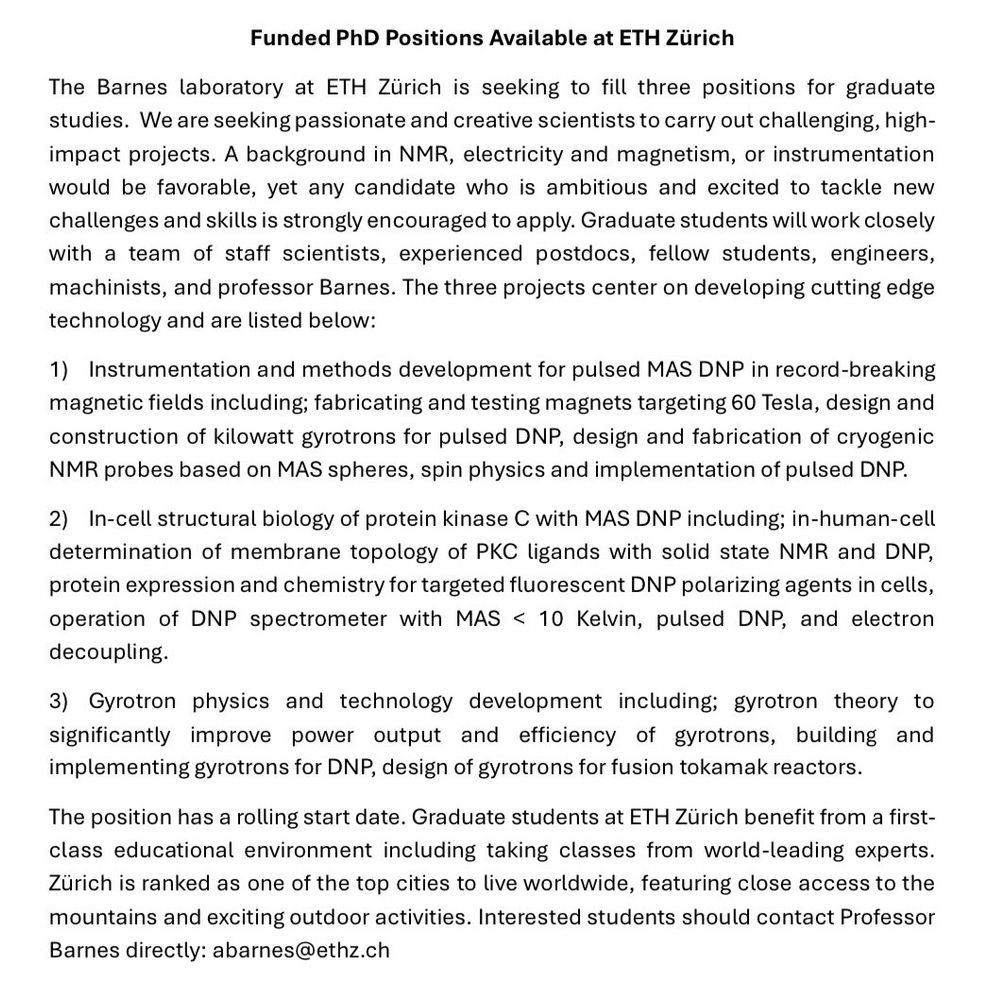Peter Kaden
@kadenp.bsky.social
190 followers
150 following
7 posts
Scientist, actinides, f-elements, coordination chemistry, magnetism, NMR, EPR
Posts
Media
Videos
Starter Packs
Reposted by Peter Kaden
Reposted by Peter Kaden
Reposted by Peter Kaden
AkkuDoktor
@akkudoktor.bsky.social
· Apr 10
Reposted by Peter Kaden
Reposted by Peter Kaden
Reposted by Peter Kaden
Reposted by Peter Kaden
Marcel Swart 🟥
@marcelswart.bsky.social
· Jan 22
Microsoft hiring Senior Researcher in Quantum Chemistry in Amsterdam, North Holland, Netherlands | LinkedIn
Posted 12:03:35 AM. Microsoft Research AI for Science is looking for talented researchers to conduct cutting edge…See this and similar jobs on LinkedIn.
www.linkedin.com
Peter Kaden
@kadenp.bsky.social
· Jan 14
Reposted by Peter Kaden
Erik Strub
@erikstrub.bsky.social
· Jan 6
Reposted by Peter Kaden
Meagan Oakley
@meaganoakley.bsky.social
· Dec 12
Reposted by Peter Kaden
Peter Kaden
@kadenp.bsky.social
· Nov 29
Reposted by Peter Kaden
Lisa Vondung
@lisavondung.bsky.social
· Nov 27

Insights Into the Uranium Phosphine Bonds in [UCp3(PR3)]: A Combined Molecular Orbital, QTAIM and EDA‐NOCV Study
A series of ten uranium(III) complexes with cyclopentadienyl and monodentate phosphine ligands [UCp3(PR3)] with R = Me, Et, nPr, iPr, tBu, Ph, Cy, F and CF3 was investigated using density functional ...
chemistry-europe.onlinelibrary.wiley.com
Reposted by Peter Kaden
Peter Kaden
@kadenp.bsky.social
· Nov 25

Structure, Covalency, and Paramagnetism of Homoleptic Actinide and Lanthanide Amidinate Complexes
Isostructural trivalent lanthanide and actinide amidinates bearing the N,N’-bis(isopropyl)benzamidinate (iPr2BA) ligand [LnIII/AnIII(iPr2BA)3] (Ln = La, Nd, Sm, Eu, Yb, Lu; An = U, Np) have been synthesized and characterized in both solid and solution states. All compounds were examined in the solid state utilizing single crystal X-ray diffraction (SC-XRD), revealing a notable deviation in the actinide series with shortened bond lengths compared to the trend in the lanthanide series, suggesting a nonionic contribution to the actinide–ligand bonding. Quantum-chemical bonding analysis further elucidated the nature of these interactions, highlighting increased covalency within the actinide series, as evidenced by higher delocalization indices and greater 5f orbital occupation, except for Th(III) and Pa(III), which demonstrated substantial 6d orbital occupancies. An in-depth paramagnetic NMR study in solution also sheds light on the covalent character of actinide–ligand bonding, with the separation of pseudocontact (PCS) and contact shift (FCS) contributions employing the Bleaney and Reilley method. This analysis unveiled significant contact contributions in the actinide complexes, indicating enhanced covalency in actinide–ligand bonding. To corroborate these observations, an accurate PCS calculation method based on the Kuprov equation, incorporating both the distribution of electronic spin density and magnetic susceptibility obtained from CASSCF calculations, was applied and compared with experimental values.
pubs.acs.org
Peter Kaden
@kadenp.bsky.social
· Nov 25

Comparative Analysis of Tetravalent Actinide Schiff Base Complexes: Influence of Donor and Ligand Backbone on Molecular Geometry and Metal Binding
Novel tetravalent actinide (AnIV) compounds with the Schiff base ligand pyrophen, including the transuranium elements Np and Pu, are characterized in solid state and solution, as well as by quantum c...
chemistry-europe.onlinelibrary.wiley.com
Peter Kaden
@kadenp.bsky.social
· Nov 20
Reposted by Peter Kaden
Peter Kaden
@kadenp.bsky.social
· Nov 19







